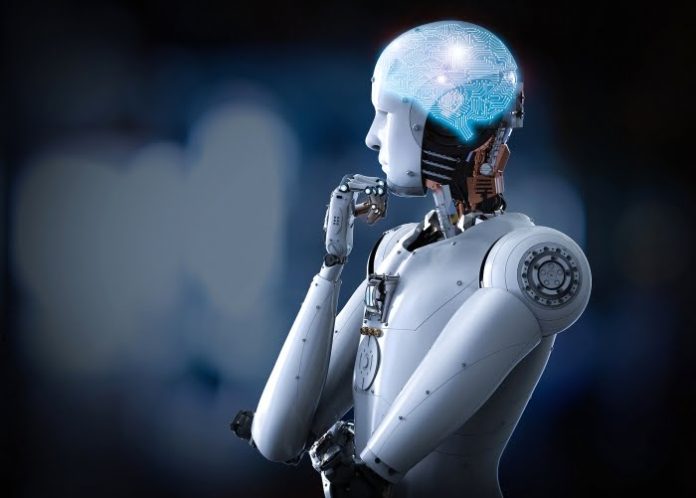HIKVSION’S new AI Cloud establishes a distributed structure incorporating cloud computing and edge computing.
AI Cloud places AI at the network edge of on-premises video recorders and servers, and further to edge devices, such as security cameras. The 3-layer architecture all supports the goal to build a new class of AI-powered application, being even smarter and faster.
Cloud computing is an information technology (IT) paradigm. It allows users with various computing capabilities to store and process data either in a privately-owned cloud or on a third-party server located in a data centre. However, with the computing business becoming more and more versatile and complicated, the demand for data processing performance is even higher. In the process of data transition to the cloud, cloud computing consumes tremendous network resources and time, which all result in network congestion and low reliability.
Hu Yangzhong, CEO of Hikvision who addressed a recent Hikvision AI forum, pointed out the irresistible trend of engineering AI algorithms into edge devices, and making the edge more intelligent. The Hikvision AI Cloud structure was then introduced, which enables AI algorithm from edge to cloud, distributing the overall pressure that the large amount of data places on the centre.
“Edge computing uses local computing to enable analytics at the source of the data. Powered by AI technology, it strengthens the sensing capability of front-end cameras, and helps us understand the captured scene more effectively and accurately,” Hu said. “With AI algorithms woven into the edge devices, only selected information such as an individual or a vehicle in a video image will be extracted and sent which significantly enhances the transition efficiency and reduces the network bandwidth, while still sustaining high quality and accuracy. Edge computing will also accelerate more efficient business responses, creating immediate action and event alerts.”
According to Hikvidsion, artificial intelligence is the most trending technology in the security industry and the company has invested in video intelligence technology since 2006, when its first algorithm team was established. In 2013, the company started to implement Deep Learning technology, and in 2016, its full range Deep Learning products were introduced to the security industry.
Hikvision’s DeepinView IP camera range and the DeepinMind NVR range work together to provide all the power and benefits of Deep Learning. While the cameras provide the smart ‘eyes’ of the system, the NVR represents the analytic and storage capabilities of the brain. The products help to tackle security on multiple fronts – recognition, monitoring and counting of people and recognition and detection of vehicles thanks to the ability to classify and recognise thousands of features in a given scene.











